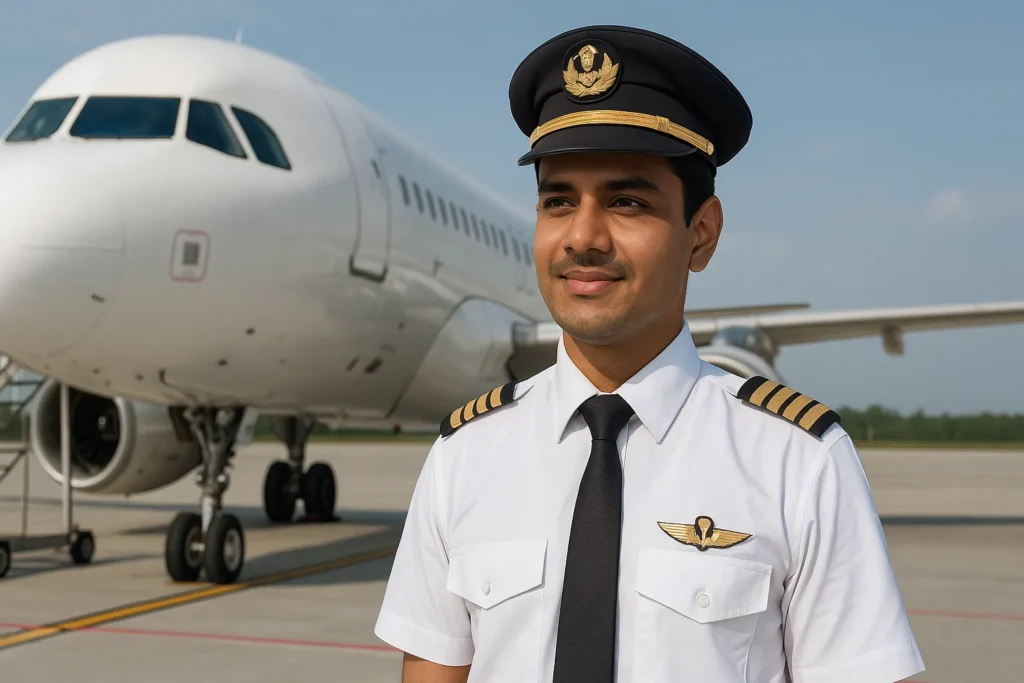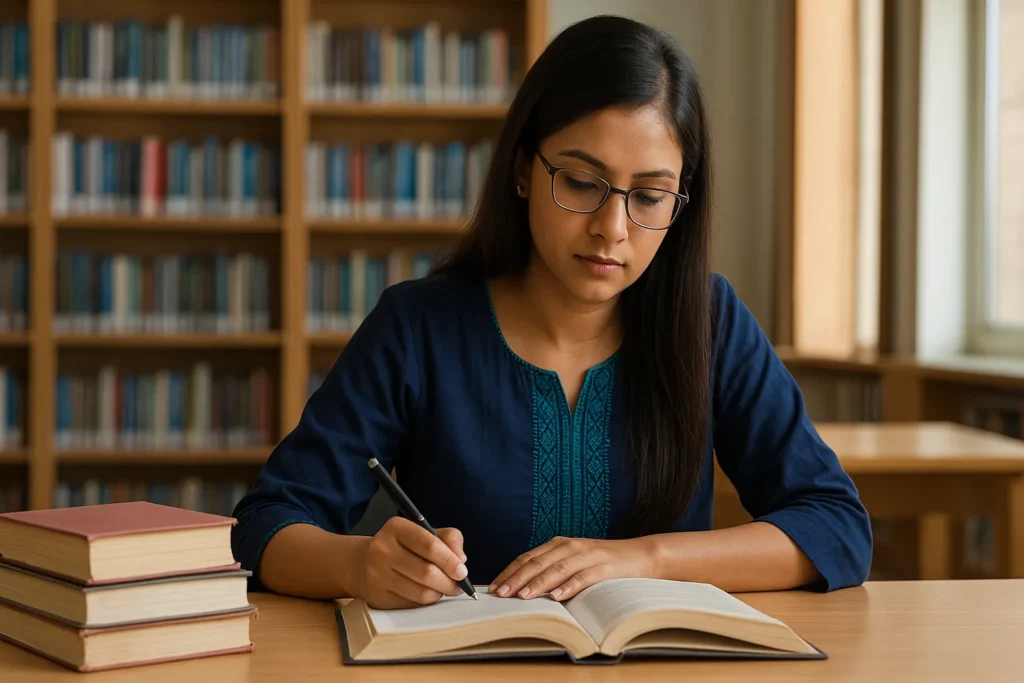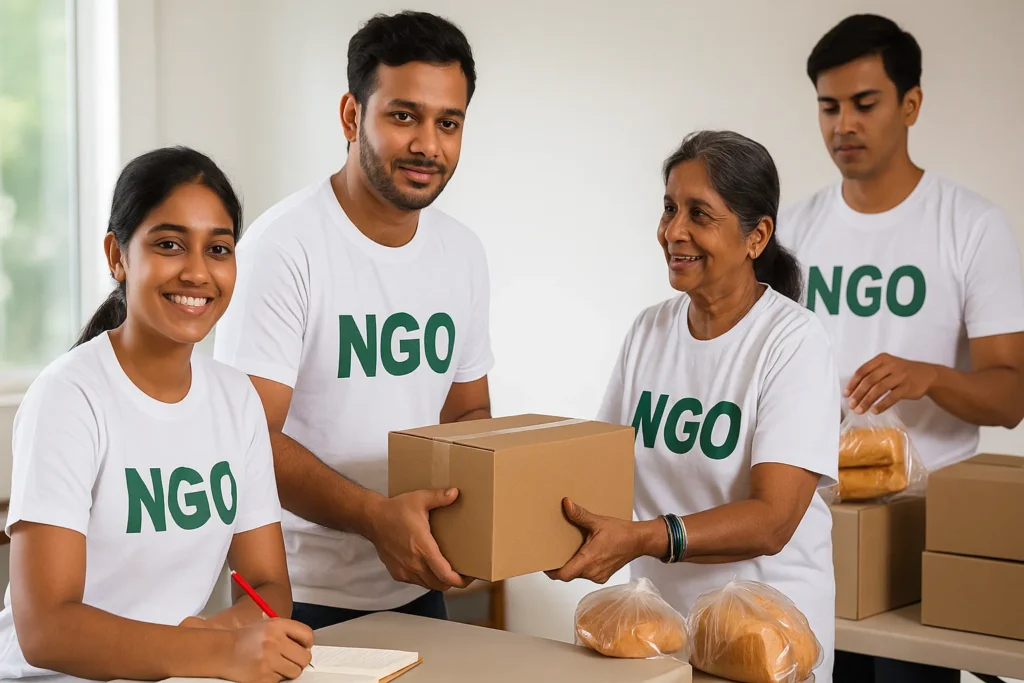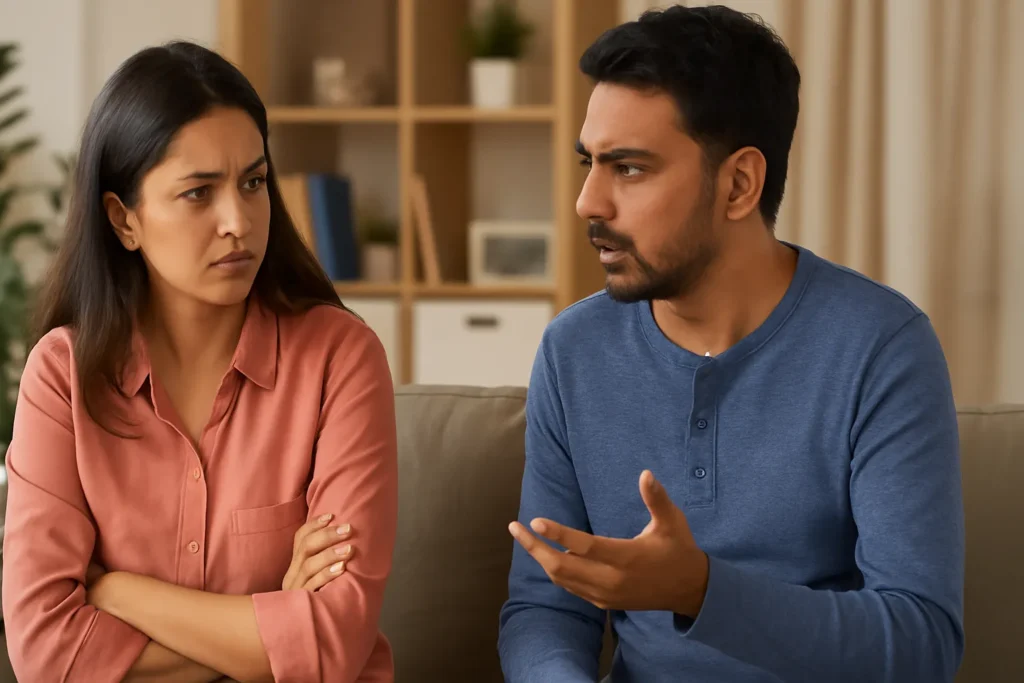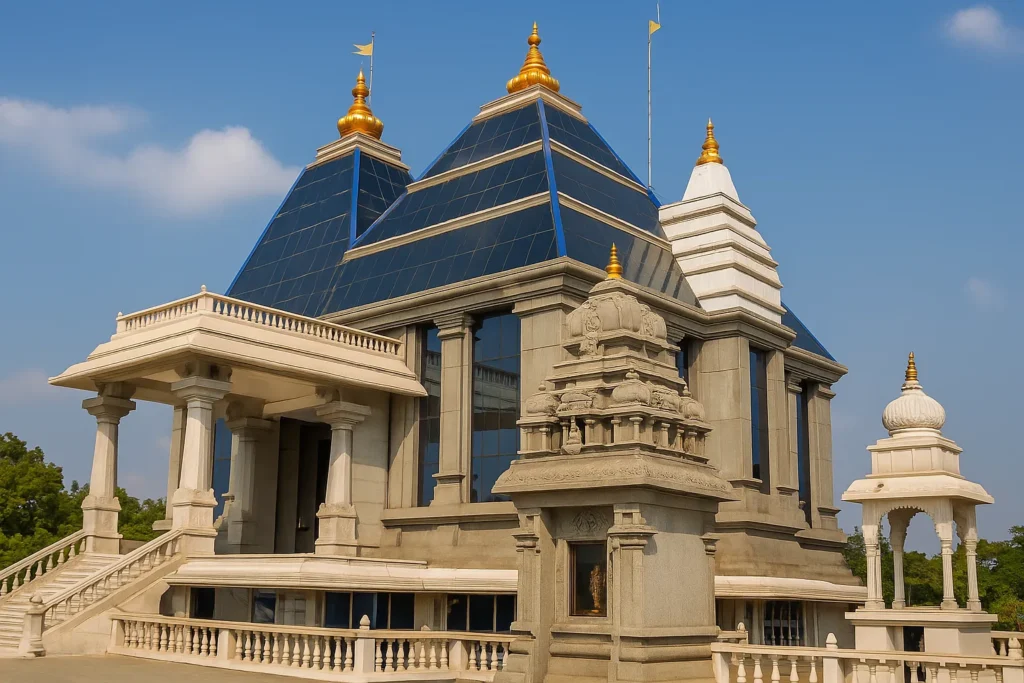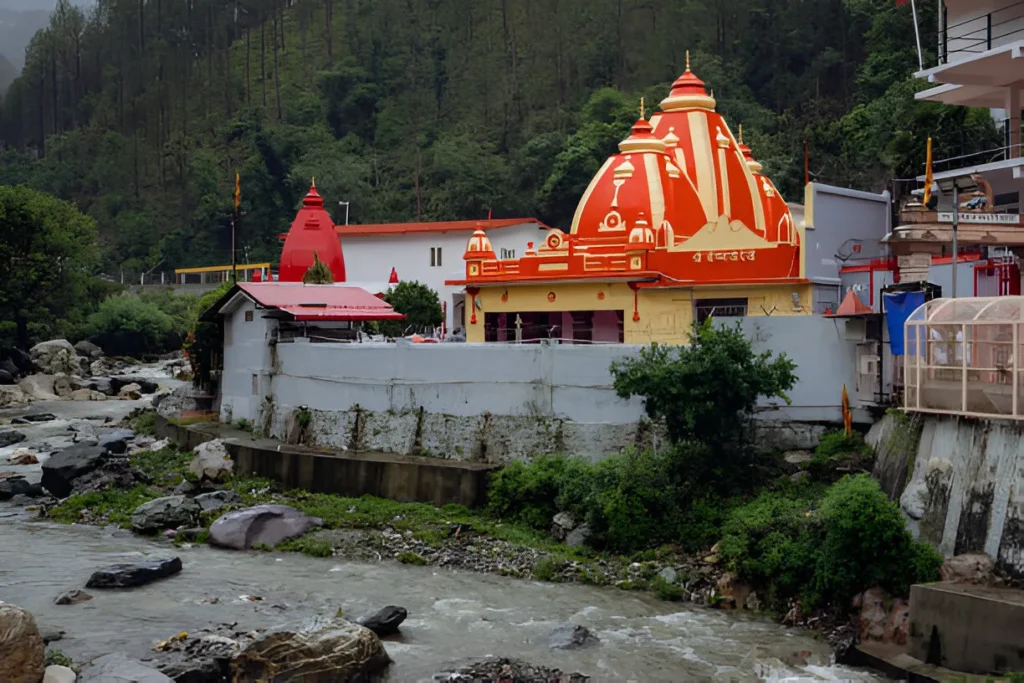Flying high in the sky isn’t just a childhood dream anymore—it’s a real, thrilling career option. But if you’ve ever wondered how to become a pilot in India, the path may seem confusing at first. Do you start after 10th or 12th? What exams do you need to clear? Is there a difference between becoming a commercial pilot and joining the Air Force?
Don’t worry, we’ve got your back. In this guide, we’ll walk you through everything you need to know in the simplest, most human way possible. Whether you’re a teenager mapping out your future or an adult considering a mid-career shift, this guide is for you.
Understanding the Different Types of Pilots
Let’s start with the basics. Before diving into how to become a pilot, it’s important to know that there’s more than one kind of pilot. Your path will depend on what kind of flying you want to do.
1. Commercial Pilot
This is for those who want to fly passenger or cargo planes for airlines. You’ll need a Commercial Pilot License (CPL) and training from a flying school.
2. Air Force Pilot
If you’re dreaming of flying fighter jets or military aircraft, then your route will be through the Indian Air Force.
3. Private Pilot
This one’s for recreational flying. You can fly small aircraft but not for money or commercial purposes. A Private Pilot License (PPL) is required.
Knowing the type of pilot you want to be will help guide the steps you need to follow.
How to Become a Pilot After 12th
This is the most common route for future commercial pilots. If you’re wondering how to become a pilot after 12th, here’s a clear step-by-step breakdown:
Step 1: Choose the Right Stream in 11th and 12th
To become a commercial pilot in India, you need to study Physics and Mathematics in 11th and 12th. Without these subjects, you won’t be eligible to join most flying schools.
Step 2: Clear the Class 2 and Class 1 Medical Tests
Pilots need to be fit—mentally and physically. You’ll need to pass:
- Class 2 Medical (to begin your flying training)
- Class 1 Medical (to get your license)
These are conducted by DGCA-approved medical examiners.
Step 3: Enroll in a DGCA-Approved Flying School
You can apply to flying schools right after 12th. Some popular ones include:
- Indira Gandhi Institute of Aeronautics
- Indira Gandhi Institute of Aviation Technology
- Capt. Sahil Khurana Aviation Academy
- Indira Gandhi Institute of Aviation and Aeronautics
Make sure the school is approved by the Directorate General of Civil Aviation (DGCA).
Step 4: Clock 200 Flying Hours and Clear the DGCA Exams
During your training, you’ll have to complete at least 200 hours of flying and pass DGCA-written exams on subjects like Air Navigation, Aviation Meteorology, and Air Regulation.
Step 5: Get Your CPL (Commercial Pilot License)
Once you pass all exams and log the required hours, you’ll be eligible for your CPL. Congratulations, you’re now a certified commercial pilot!
How to Become a Pilot After 10th
Let’s clear up a common doubt—can you become a pilot after 10th? Technically, you can start preparing after 10th, but you can’t directly join a pilot training program right after school.
Here’s what you can do instead:
Step 1: Choose Science with Physics and Math in 11th and 12th
This is essential for future eligibility. Use your time wisely in 11th and 12th to build your basics in math and physics. These subjects are the foundation of aviation theory.
Step 2: Start Ground School or Join an Integrated Aviation Course
Some aviation academies offer “integrated” programs that include 11th, 12th, and pilot training. But make sure these are recognized by DGCA.
So, while you can’t technically become a pilot after 10th, you can lay the groundwork for it right away.
How to Become a Pilot in the Air Force
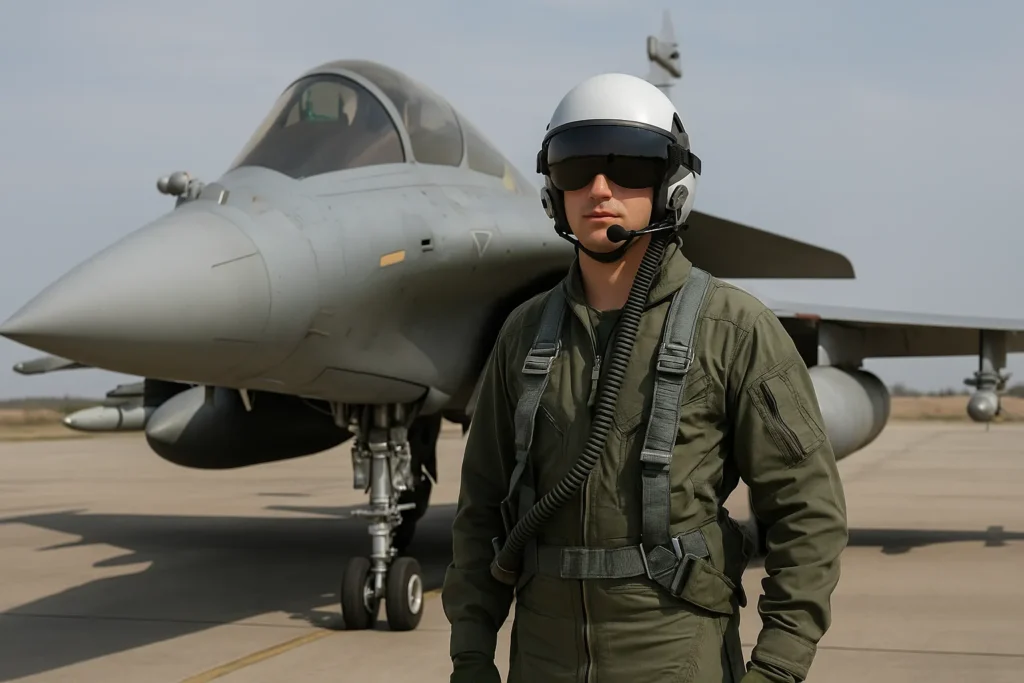
Flying fighter planes or transport aircraft in uniform? Sounds exciting, right? If you want to become a pilot in the Indian Air Force, your journey will look very different from commercial pilot training. Here’s how it works:
Step 1: Clear the NDA Exam (After 12th)
The National Defence Academy (NDA) is the most popular route. After 12th (with Physics and Math), apply for the NDA entrance exam conducted by UPSC.
If you pass the written exam and SSB (Service Selection Board) interview, you’ll get admission to NDA, followed by specialized Air Force training.
Step 2: Air Force Academy Training
After completing NDA, you’ll head to the Air Force Academy (AFA) in Dundigal for flying training.
Step 3: Get Your Wings
Once your training is complete, you’ll be commissioned as a Flying Officer in the Indian Air Force.
If NDA isn’t the path for you, there are other entries like CDS (Combined Defence Services) or AFCAT (Air Force Common Admission Test), open to graduates.
Want more detailed explanations like this? You’ll find plenty of such informative answers on NutBolt India, your go-to hub for everything you’ve ever wondered, from what, why, and where to how.
Skills and Qualities You Need to Become a Pilot
Now that you know the academic paths, let’s talk about the personal side. Being a pilot isn’t just about flying a plane—it’s about staying sharp, calm, and responsible.
Here are some qualities that make a great pilot:
- Quick Decision Making: Emergencies can arise anytime. Pilots must think fast and act responsibly.
- Excellent Communication: You’ll need to coordinate with ATC, your crew, and sometimes passengers.
- Physical Fitness: Even if you’re not in the Air Force, good health and eyesight are essential.
- Mental Resilience: Pilots often deal with pressure. Emotional stability goes a long way.
If these traits resonate with you, then you’re already halfway there.
How Much Does It Cost to Become a Pilot
It’s important to talk numbers too. The cost of becoming a commercial pilot in India can range between INR 30 to 50 lakhs, depending on the flying school and location. This includes ground school, flight hours, examination fees, medical tests, and licensing. While it’s a significant investment, the returns in the long term can be worth it—both financially and personally.
For Air Force pilots, your training is funded by the government, and you even earn a stipend during training.
Final Thoughts
Becoming a pilot in India is absolutely achievable, no matter your background or age. Whether you’re aiming for the cockpit of a commercial airliner or dreaming of flying fighter jets, there’s a path for you. It takes dedication, the right education, and a lot of persistence, but the rewards are sky-high—literally.
If you’re passionate about flying, start early, stay informed, and never stop learning. The sky isn’t the limit, it’s just the beginning.

